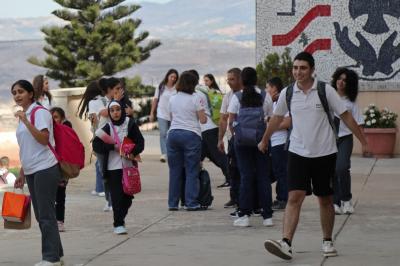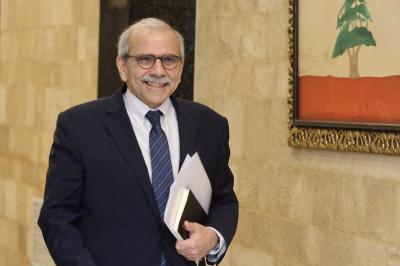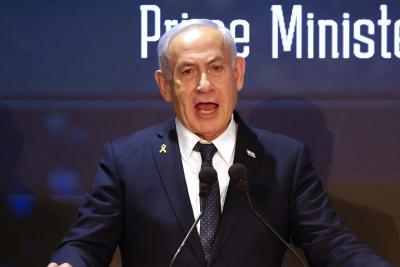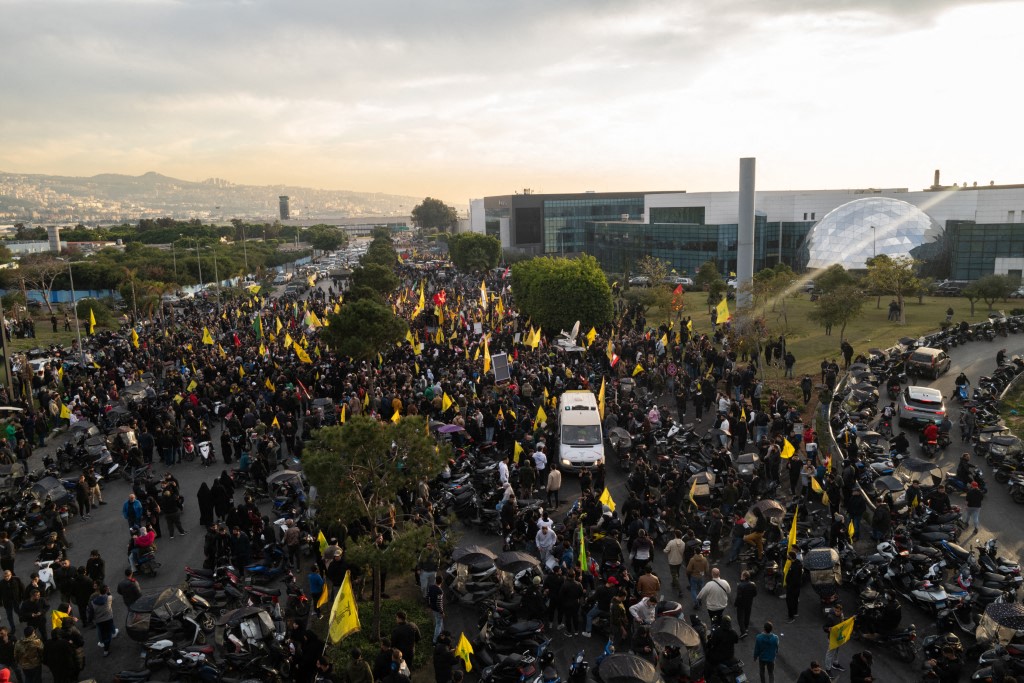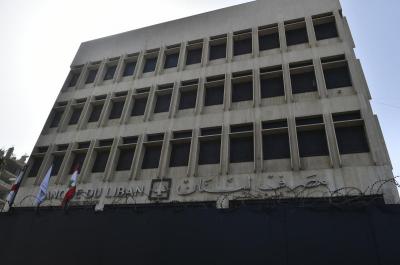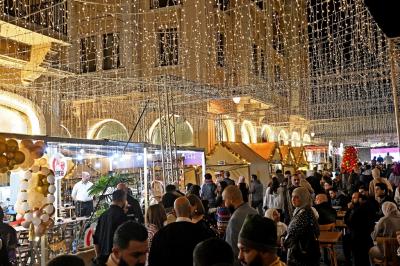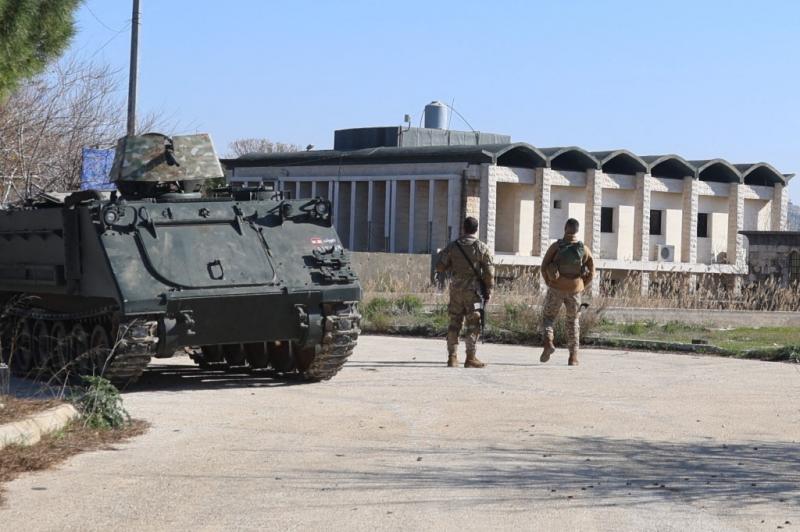Since the 1980s, globalization and advancements in transportation have reshaped global production dynamics. Air transport, in particular, has emerged as a critical economic driver, facilitating trade and the movement of people. Given its efficiency in transporting goods and passengers swiftly across borders, aviation holds significant commercial leverage and plays a strategic role in modern economies.
Lebanon’s Airports: An Asset under exploited
Lebanon has historically had multiple airports, though not all have been operational at the same time or served the same purposes.
-Beirut-Rafic Hariri International Airport is currently the country’s only active commercial airport and serves as Lebanon’s primary gateway. However, it faces numerous challenges, including competition from regional hubs and a monopolized service sector, which has led to declining service quality.
-René Moawad Airport (Qlayaat) was originally built by an oil company in the late 1950s before being converted into a military airbase in the 1960s. Although it was used as an alternative to Beirut Airport during times of conflict, efforts to reopen it for civilian flights have consistently stalled due to political inaction.
-Riyaq Air Base, established during the French mandate for military purposes, was later used in World War II and is now under the control of the Lebanese Army, serving military and occasional humanitarian missions. It has never been utilized for commercial aviation.
-Hamat Airport, partially constructed during the Lebanese Civil War in 1976 and initially named "Pierre Gemayel International Airport," was never completed. It was later repurposed as a base for Lebanon’s Special Forces in 2010.
The need to restore life to those under exploited airports has resurfaced following recent geopolitical tensions, particularly after an Iranian aircraft was prevented from landing at Beirut Airport due to security threats. These developments underscore the urgent necessity of activating additional airports for civilian use.
The Phoenix Initiative: A Vision for Lebanon
In response to these challenges, I propose the Phoenix Initiative project, here on Al Safa News, a strategic framework aimed at revitalizing Lebanon’s airways sector through three key pillars:
1. An Economic and Regional Catalyst
Reactivating multiple airports would generate thousands of jobs, stimulate regional development, and attract investments in industrial, agricultural, and service sectors. Furthermore, as Syria moves towards reconstruction, Lebanon’s airports could serve as critical logistical hubs for rebuilding efforts.
2. A Territorial Rebalancing Strategy
Developing new aviation hubs would help decongest Beirut and Mount Lebanon, alleviating the strain on infrastructure and curbing rural-to-urban migration. By boosting the economic prospects of peripheral areas, the initiative could also mitigate the expansion of impoverished urban suburbs.
3. A Competitive and Sovereign Advantage
Expanding Lebanon’s air transport infrastructure would enhance inbound tourism and foreign capital flows, strengthening the national currency and boosting economic resilience.
A core component of this strategy is the modernization of Beirut-Rafic Hariri International Airport, elevating its infrastructure to international standards and positioning it as a competitive regional hub. This effort aligns with broader economic opportunities in the region, including potential investments linked to U.S. initiatives for Middle Eastern development.
At the same time, reactivating René Moawad Airport in Qlayaat could complement Beirut’s operations rather than compete with them. The necessary upgrades—including runway expansion and modern navigation systems—could be implemented within a short timeframe, funded through public-private partnerships (PPP), a model successfully used for infrastructure projects in other countries.
As for Riyaq Air Base, repurposing it for civilian aviation could support agricultural exports and logistics for Syrian reconstruction. Given its proximity to the Syrian border, it holds significant potential as a logistics hub, particularly for sectors requiring rapid transportation to international markets.
Challenges and Roadblocks
The biggest obstacle facing the Phoenix Initiative is political will. While recent events have highlighted the necessity of a strategic aviation plan, internal resistance and lack of coordination remain major barriers to implementation.
Financing is another critical challenge. Lebanon’s economic crisis, compounded by the absence of structural reforms and international aid, has restricted access to loans and foreign investments. However, PPP models offer a viable alternative, particularly given the availability of untapped capital from local and foreign investors.
Additionally, avoiding the "white elephant" trap—where costly infrastructure projects fail to deliver tangible benefits—is crucial. A comprehensive feasibility study would be essential to ensure cost-effectiveness and long-term sustainability.
An Opportunity That Cannot Be Missed
The Phoenix Initiative is more than just an aviation recovery plan; it is a holistic vision for Lebanon’s territorial, economic, and social development. By diversifying aviation infrastructure and fostering regional hubs, Lebanon could chart a new path toward sustainable economic growth and equitable regional development.
But for this vision to take flight, political and economic stakeholders must seize the opportunity before the occasion goes unseen.
 French
French


